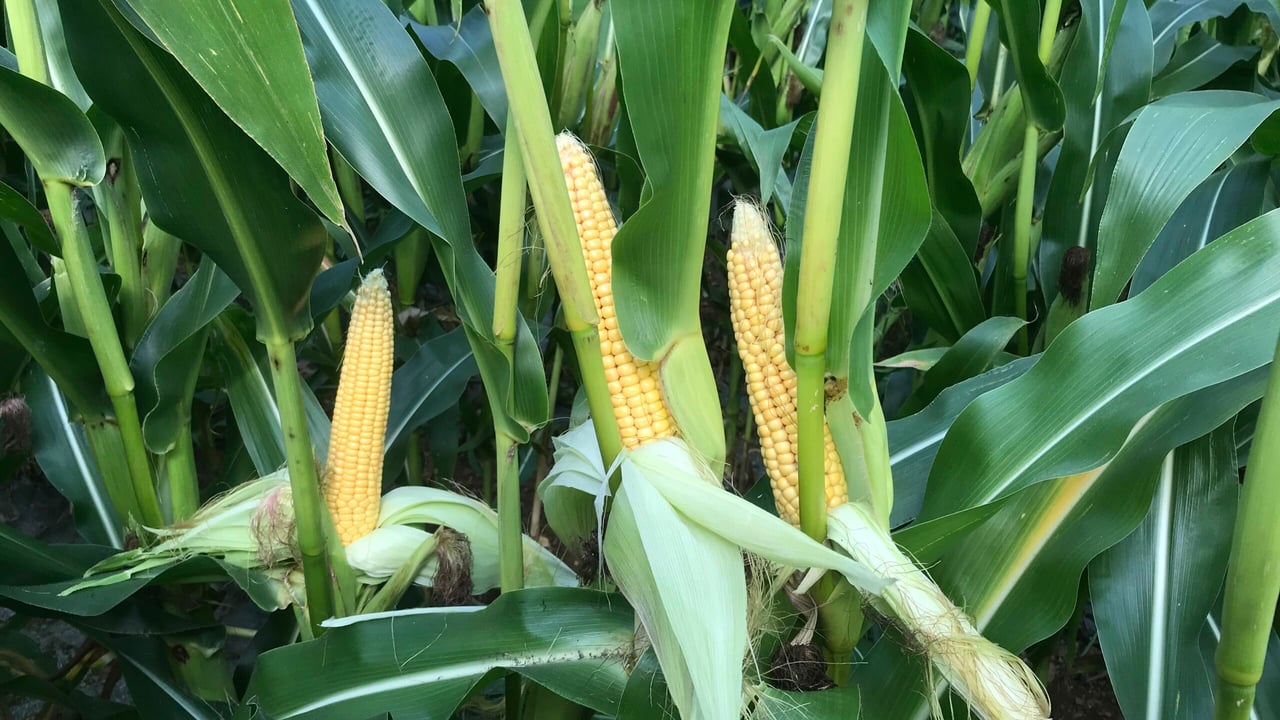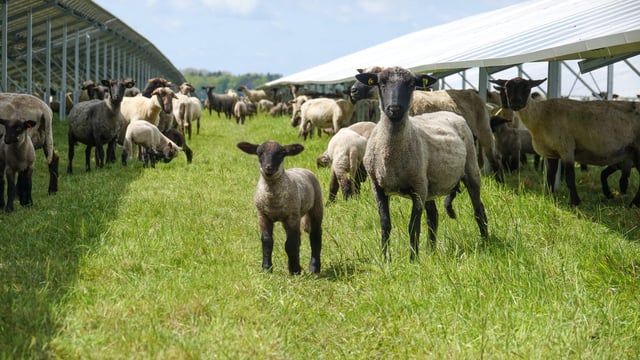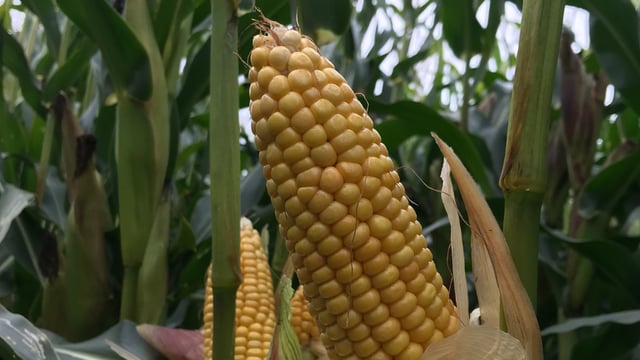High global maize yield forecasts putting pressure on grain markets
There is now every possibility that global maize production could reach record heights in 2025. And the US is leading the charge in this regard.
A combination of an increase in the planted area of the crop and the excellent growing conditions recorded across the US 'Corn Belt' is driving this trend.
It is estimated that US maize production this year could come in at 425.3 megatonnes (Mt), up some 10Mt on the previous year.
The global figure is projected to come in at 1,288.6Mt.
An immediate response to these projections has come in the form of downward pressure on global grain markets across the board.
This will come as further bad news for Irish tillage farmers, whose business margins will come under further pressure over the coming months on the back of yet further decreases in world cereal and oilseed prices.
According to the Agricultural and Horticultural Development Board (AHDB), the forecast harvested area for the 2025/2026 US maize is over 2Mha higher than the previous year and the five-year average.
Meanwhile, yields could reach 11.9t/ha, which is an increase of 0.6t/ha compared to the 2024/2025 harvest and 0.8t/ha higher than the five-year average.
Grain futures
Global grain futures have been in a downward trend since February 2025.
The price difference between Chicago maize futures and other grain futures is high, which puts additional pressure on global grain prices.
In the short- and medium-term, especially during the active phase of the US harvest campaign, Chicago maize could come under further pressure.
As a result, the global feed grain complex - including UK domestic feed wheat futures - could also be under pressure.
However, despite record-breaking maize production in the US, global ending stocks in the 2025/2026 season are expected to be 6.8% lower than the five-year average.
Again, according to AHDB, this fact could support maize prices in the long-term, depending on the impact of global export and consumption rates.
Changing bank interest rates will also impact on world grain and oilseed prices into the future.
A case in point is the recent decision by the Bank of England to reduce interest rates from 4.25% to 4.00%.
This is the lowest they have been since March 2023.
Although this was in line with market expectations, sterling has since strengthened against both the US dollar and the euro.
A stronger sterling against the US dollar could add additional pressure for UK cereals and oilseed prices compared to current global levels.
Since January 2025, sterling has tended to strengthen against the US dollar, while it decreased against the euro.












